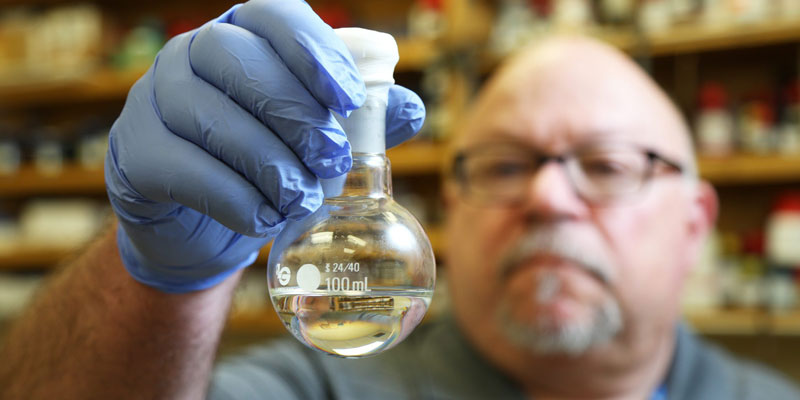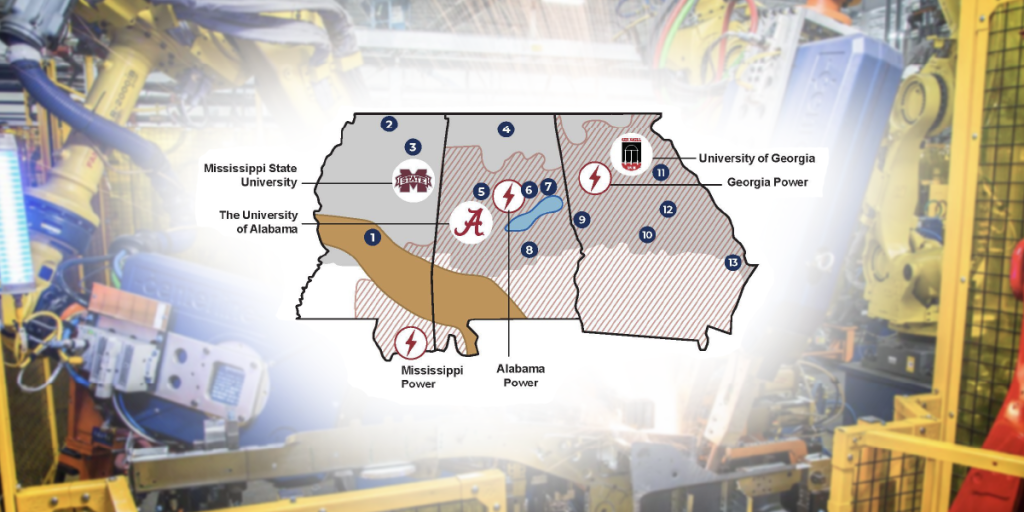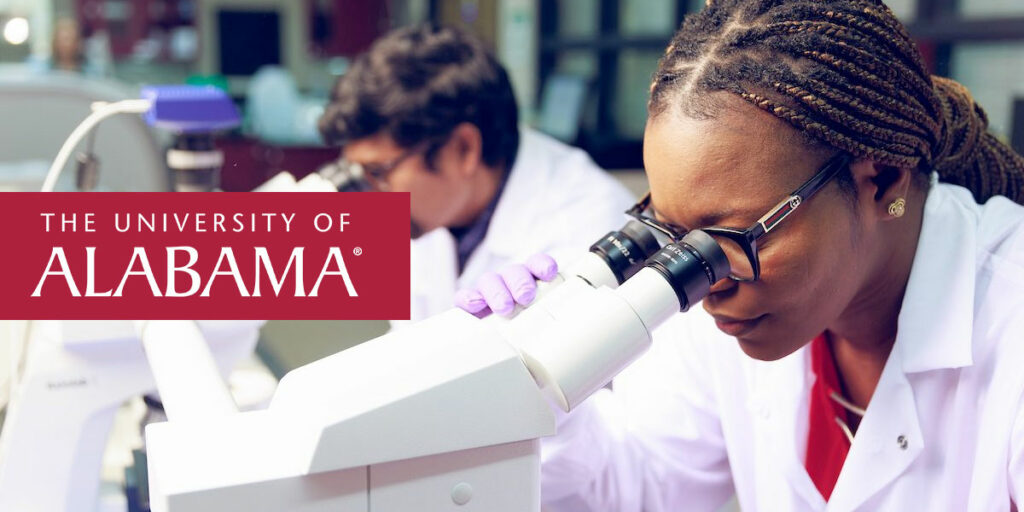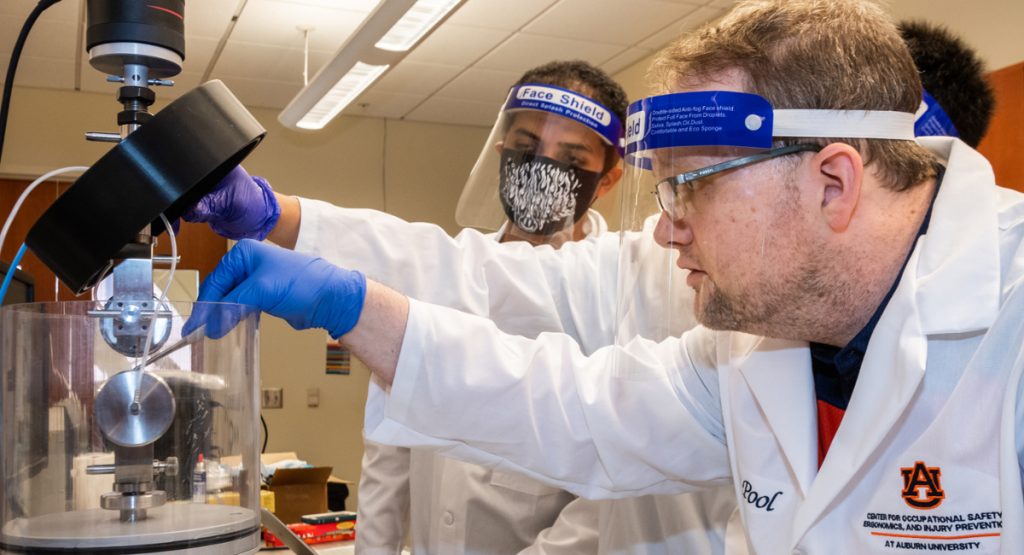MOBILE, Alabama – Research funding at the University of South Alabama topped $87 million in 2019, a significant increase from the previous year and the result of an ongoing strategy to raise the institution’s profile across the U.S. and beyond.
External grant and contract funding awarded to the university’s researchers rose 43 percent, with most of that growth in engineering, computing and other projects in STEM fields, said Lynne Chronister, vice president for research and economic development at USA.
There also were several awards from the National Institutes of Health for research related to cancer and lung biology.
“For the last five or six years, the University of South Alabama made a very deliberate decision to increase our research in areas that are particularly responsive to both regional and national needs,” Chronister said.
“We strategically invested internally in our faculty, because if you’re going to have a large and vibrant research program you obviously need internal support to do that.”
Those investments included internal grant funding programs that encouraged competition among faculty members and offered valuable training for seeking outside money. The programs focused on engineering, as well as arts and humanities.
USA also supported faculty members by increasing travel allowances for them to meet with the organizations behind the funding.
“When you are seeking grants, it’s important to know the agency heads and program officers and to understand their latest priorities,” Chronister said.
IONIC LIQUIDS
The university already has a strong reputation for research in certain areas, such as its work with ionic liquids. These salts in liquid form have applications that include a next-generation carbon dioxide scrubber for the International Space Station.
Recent awards related to USA’s ionic liquids research are a $2.7 million grant from the U.S. Department of Energy and a $1.1 million grant from NASA.
With other smaller grants as well, total funding for ionic liquid research at the university totals more than $4 million.
USA also is heavily involved with industries in the Mobile area, which is home to airplane manufacturer Airbus and shipbuilder Austal. The university’s computer and engineering departments provide many interns for the companies, and it’s also involved in research focused on cyber security and digital forensics, both crucial elements in the manufacture and operation of major commercial and military equipment.
Greg Canfield, Secretary of the Alabama Department of Commerce, said the innovation happening at USA represent a tremendous asset to the state’s economy and quality of life.
“Growing those resources will not only lift communities across Alabama, but it also will provide valuable new insights and tools for leaders in a wide variety of fields and regions,” he said.
Elevating the role of Alabama’s universities and research organizations in economic development activities is a key objective of the state’s strategic growth plan, Accelerate Alabama 2.0.
NEW PRIORITIES
As for the future, Chronister said USA is focused on increasing depth in certain research areas.
Marine science is a priority, she said, noting the importance of red snapper fishing along Alabama’s Gulf Coast.
USA researchers have monitored snapper populations and studied neuro toxins in the Gulf of Mexico. That work has been led by Dr. Alison Robertson, senior marine scientist at the Dauphin Island Sea Lab, who received more than $5 million in grants from the National Science Foundation and others.
Another priority is research involving wastewater management, with a focus on dire conditions in the state’s rural Black Belt counties.
Dr. Kevin White, professor and chair of civil, coastal and environmental engineering at USA, is leading a consortium that is studying how to improve the situation, and thus public health, in the region. He recently won a $756,000 grant from the Environmental Protection Agency to aid those efforts and is in line for additional funding.
“To grow a research program, you’ve got to have multiple disciplines looking at issues from different aspects,” Chronister said. “We’ve had some really good success. At the moment, our goal is to keep doing what we’re doing and try to focus more on those areas where we can get some depth.”
When people consider the leading research institutions in Alabama, they likely first think of the University of Alabama at Birmingham and its large array of projects and funding, Chronister said. UAB received more than $600 million in research funding in Fiscal 2019, the most in school history.
“We’re trying to grow our reputation, so when you think of research in Alabama, especially in certain areas, you think of the University of South Alabama as well,” she said.
(Courtesy of Made in Alabama)













